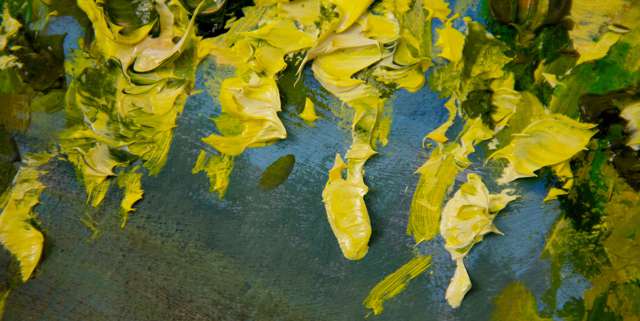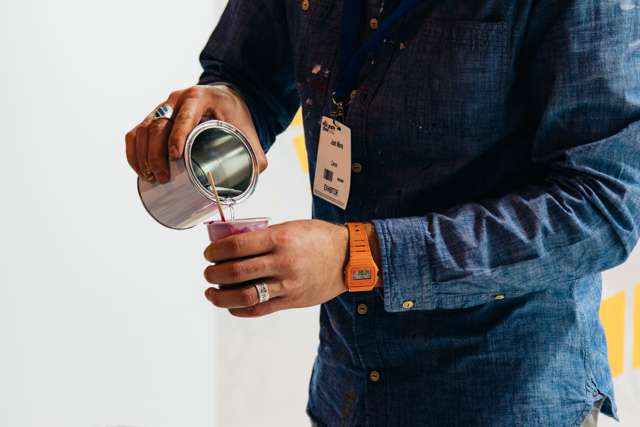
Artists seeking out high-quality oil paints are driven by a desire for consistent, predictable results. Image source: BigStock user Art-World
When artists are seeking out a new color to put on a canvas, they tend to gravitate towards machine mixed paint from manufacturers they trust. While in many cases, handmade items are in high demand, in artist-grade oil paint the opposite is true. Machine-mixed paint, as opposed to hand mixed, offers a far superior result because the product is thoroughly crushed and combined, and the color is consistent across the manufacturer’s line of products. Expert use of technology creates the difference in quality in every step of the creation process; machine rollers provide an even texture from the pigment, chromatographers ensure color purity and emulsifiers thoroughly combine the necessary ingredients, and spectrophotometers can be used to manage quality control.
Ultra-fine and artist-grade quality paints are not for simple hobbyists. The individuals who purchase these paints are typically professional artists who will be displaying their projects in public.1 Machine-mixed oil paint is ideal for these individuals, as the results are durable, consistent and predictable. As a result, artists tend to stick to a specific brand of paint, as they know they can trust that manufacturer to offer a certain outcome. Manufacturers that wish to stay—or become—these trusted suppliers gain that trust through guaranteeing their products with spectrophotometric color measurement in order to ensure accuracy and consistency.

High-quality oil paint helps the artist create beautiful, enduring works of art. Image Source: Pexels user Pixabay



